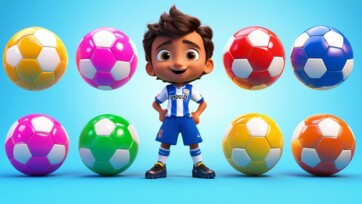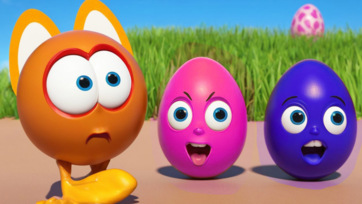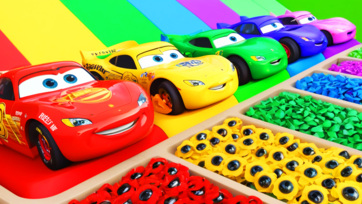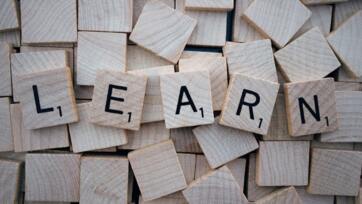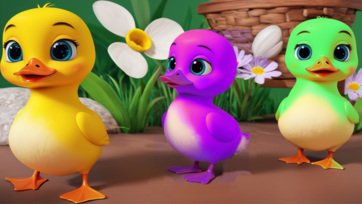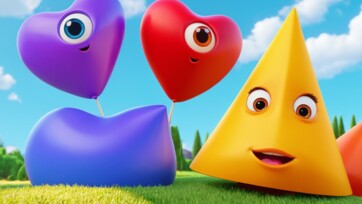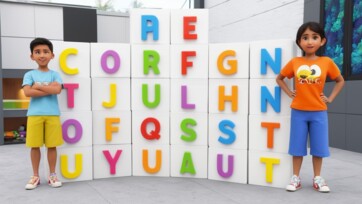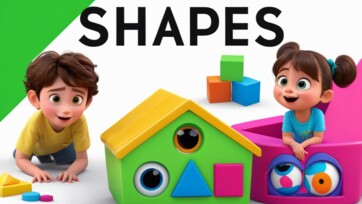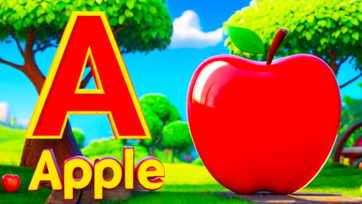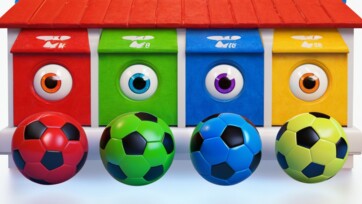Ball Games Bonanza: Can You Score 100% on This Sports Quiz?
Introduction
Human beings have engaged with ball games for hundreds of years to see the combination of entertaining games with competitive athletic opportunities. Multiple factors that create complexity in these sports attract enthusiasts and competitors alike. The quiz acknowledges sports diversity by assessing worldwide ball game knowledge. This quiz tests your ball game knowledge level, no matter what your degree of fandom may be. Sports trivia provides an exhilarating experience for all who wish to explore it.
The History of Ball Games
Historical records show ball games emerged in ancient societies from Egyptian and Mesopotamian civilizations, followed by Mesoamerican communities. Alamac basketball represents Mesoamerica's most popular ancient ball game since players needed to throw rubber balls through stone rings to score. Various prehistoric cultures worldwide had ball games, which would evolve into modern sports as we know them today. These ball games served as rites which united with exhibition displays of strength and tactical abilities to represent universal pastimes focusing on round objects.
Popular Ball Games Around the World
Cultures across the globe have taken different forms of ball games and changed them according to their individual preferences. Soccer (football) is one of many prominent ball sports, along with basketball, tennis, baseball, and volleyball. Every ball game has distinctive playing rules that add to its uniqueness. All sports provide unique experiences through the rapid reactions of tennis matches, soccer intensity, and volleyball-based teamwork. The worldwide community celebrates all these games because they serve as endpoints that unite nations.
Football (Soccer): The King of Ball Games
Soccer or football controls the title as the most well-liked football competition in global sports. Two teams use 100-yard fields during matches, with 11 players on each side who seek to drive the ball across the opposing net for goals. Football spreads across the world, reaching vast numbers of professional leagues and their associated players and fans. The World Cup tournament, held every four years, remains the most-watched sporting event worldwide since it represents a major part of the ball game world.
Basketball: Fast-Paced and Thrilling
Basketball is a popular ball game with rapid play and tall scoring numbers. A space on each side of the rectangular court features an opposition hoop, which opposing teams must use a ball to hit while scoring. The athletic characteristics of speed, skill, and coordination define basketball as an active competition that players find challenging to perform, and spectators find thrilling to observe. Around the world, basketball has become recognized regularly, but specifically in the United States, where the NBA functions as a dominant professional institution which brings together elite international athletes.
Tennis: Precision and Endurance
Tennis players face tests that require them to demonstrate endurance, strive to hit precise shots, and remain mentally tough. The sport uses a rectangular court with a net, where players seek to hit balls over the barrier so these land within their opponents' zone. The game functions solo and in the doubles format, and athletes hit their balls with rackets. The world-class player rewards at major tournaments, including Wimbledon and the US Open, have made tennis one of the most famous ball games with a widespread public following.
Baseball: The American Pastime
Baseball remains a core American ball game spread across the United States and has won international fame worldwide in Japan and other territories. The play unfolds between two teams consisting of nine players, and players strike the ball with a bat before running through bases for run scoring. Baseball is a sport that depends on strategic thinking while offering players periods of concentrated focus between its methodical rhythm. Baseball secured its status within worldwide sports culture through its storied past with sports legends Babe Ruth and Jackie Robinson.
Volleyball: Teamwork and Agility
Two identical six-member squads compete against each other using a dividing net in volleyball, a team-based sport. The players must send the ball across the net to achieve points in the opponent's section. The game demands players to be agile and exhibit excellent teamwork with proper communication, which offers substantial rewards in play. Volleyball attracts strong nationwide interest, especially in Brazil and the United States alongside Russia, because professional Olympic volleyball demonstrates how players must work together to succeed.
Rugby: The Contact Sport
Rugby players participate in a strenuous ball sport that requires both tackling and vigorous physical contact. Both sides of 15 players face off against each other to drive the ball across their opponent's end zone to score a try. New Zealand, South Africa, and England maintain strong support for the sport, which received substantial historical development in these countries. Rugby presents three essential elements: toughness, which combines with strategy, and endurance through real physical contact during matches on both international and club levels.
American Football: A Strategic Showdown
Professional American football is among the highest-strategy ball sports, using distinct rules to produce thrilling gameplay. Twenty players compete against each other in a combination of strategic planning and physical endurance throughout the match. A team must move the ball toward the endpoint through regular plays of carrying or throwing. A team achieves points when players enter the opposing end zone or kick the ball between their posts. The Super Bowl achieves worldwide status since it attracts millions of international viewers.
Table Tennis: Fast and Furious
Table tennis goes by two names, ping-pong, which demands impressive reaction times and purposeful mental planning. The field setup includes a rectangular table separated by a net, so players hit lightweight balls which need to clear the net boundary with their paddles. Though beginners find it simple to acquire baseline skills, the sport becomes extremely challenging to execute at a high level because it requires exact movements, fast reactions and split-second judgments. The World Table Tennis Championships, among other tournaments, attract global competitors to play the widely popular Asian and European sports.
Handball: Quick Reflexes and Strategy
The physical sport of handball takes place most frequently inside playing facilities. A team of seven members attempts to score points by throwing the ball into their competitors' goal area. Handball attracts many players from European nations and global competitors, especially from Germany and Denmark. Sport play adopts offensive and defensive tactics, which enhance the gameplay excitement for spectators and athletes.
Cricket: A Bat-and-Ball Tradition
The primary goal during play consists of outscoring the opponent. The duration of cricket matches varies extensively from several days to only a few hours, especially in Test cricket. Sports of cricket maintain deep historical roots because international tournaments, including the ICC World Cup, attract massive local fan attendance.
Golf: Precision and Focus
Then stability outweighs speed since golf requires players to manage absolute precision alongside unwavering focus. The fact that golf players frequently compete as individuals who aim at personal performance improvements sets this sport apart from others. Golf has gained extensive worldwide popularity through major events such as The Masters and the British Open while retaining its popularity through athlete greats such as Tiger Woods.
Badminton: Fast and Furious Action
Badminton permits fast-paced playing at venues that support both indoor and outdoor setups. During this game, two or four players use rackets to move shuttlecocks across the net, aiming shots at their adversaries' side. Shuttlecock speed requires players to demonstrate fast reactions and agility along with continuous endurance because of the shuttle's rapid flight. The performance of elite badminton skills shines most brightly in Asian countries, especially China and Indonesia. Badminton competition at the Olympics displays extreme athletic contests between competitors demonstrating exceptional expertise.
Conclusion
People throughout the world continue to find ball games irresistible. These three sports represent one universal language that connects players worldwide because football rules the worldwide scene, basketball explodes with high-speed action, and tennis displays exquisite control. Different ball games have become so popular because players achieve mastery through either physical or strategic abilities. The sports quiz exists to honour the extensive background and lively appeal of different ball games that compose the foundation of sports worldwide.

